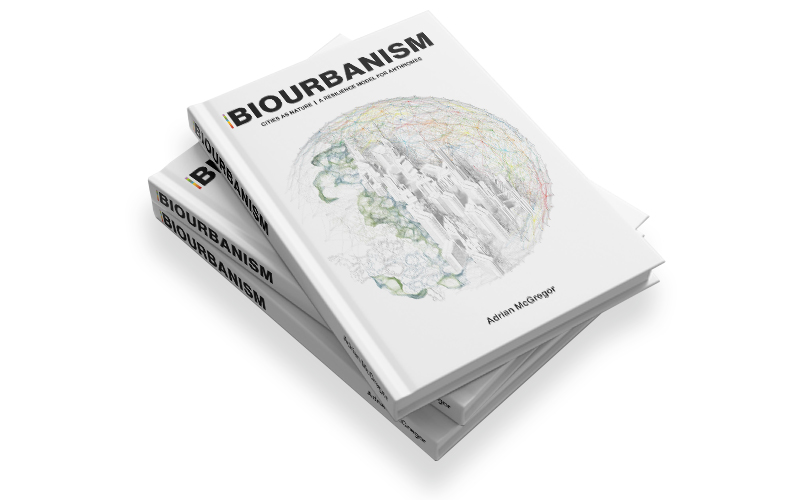
Cities are the answer to the climate emergency.
The global influence of 21st century cities is unprecedented. In successfully driving the world economy they have become the biggest polluter of the only planet we have.
Still mostly powered by outmoded fossil-based energy technologies they need to rapidly leap into the future. Cities need to embrace our latest bio technologies that mimic nature and jettison aging, polluting energy infrastructure.
Now is the time to build resilience.
Anthromes: Viewing cities as nature.
It’s time we embraced science and viewed our cities as part of nature – as ecological systems whose survival is inextricably linked to the planet’s ecosystems. This shift in thinking will allow us to quickly decarbonise our cities and transform urban environments into healthier, vibrant, more climate-resilient places.
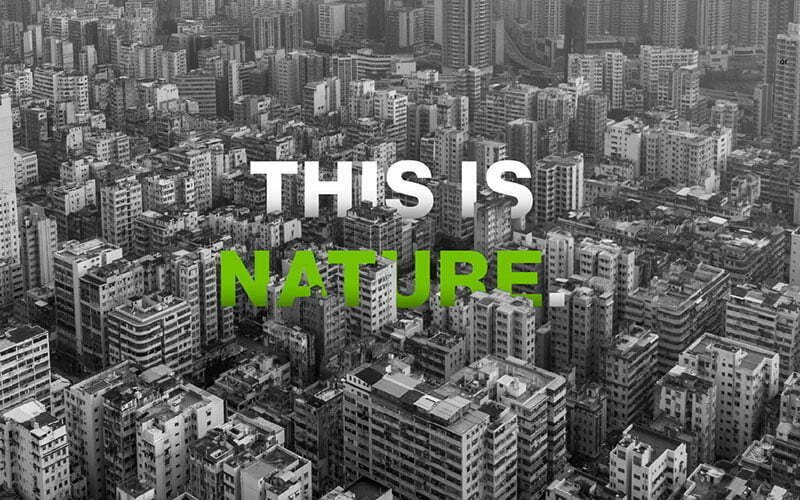
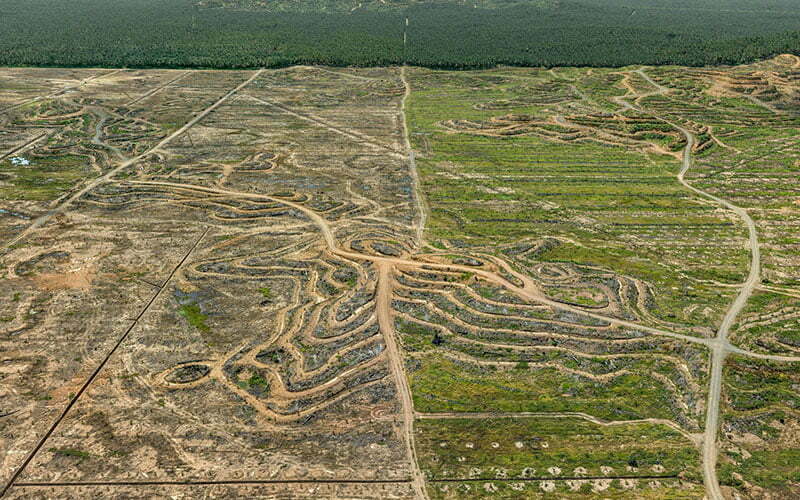
Credit: Edward Burtynsky, courtesy Sundaram Tagore Galleries, Hong Kong and Singapore / Nicholas Metivier Gallery, Toronto
The Biourbanism model.
Stemming from ecological science and landscape architecture theory, the model is based on ten interconnected bio and urban systems that together determine the health, prosperity and resilience of cities. Implementing the model allows mayors, city planners, and bureaucrats to take a holistic view of cities and to manage the intricate interplay between these ten systems in a mutually beneficial way.
Solutions to 21st century urban challenges.
Written by landscape architect and biourbanist, Adrian McGregor, the book calls on city leaders, planners, designers and citizens to lead the charge in transforming their cities to create long term prosperity. It’s time to radically rethink how cities are designed and reinvent them. Cities can be the solution to the climate emergency.
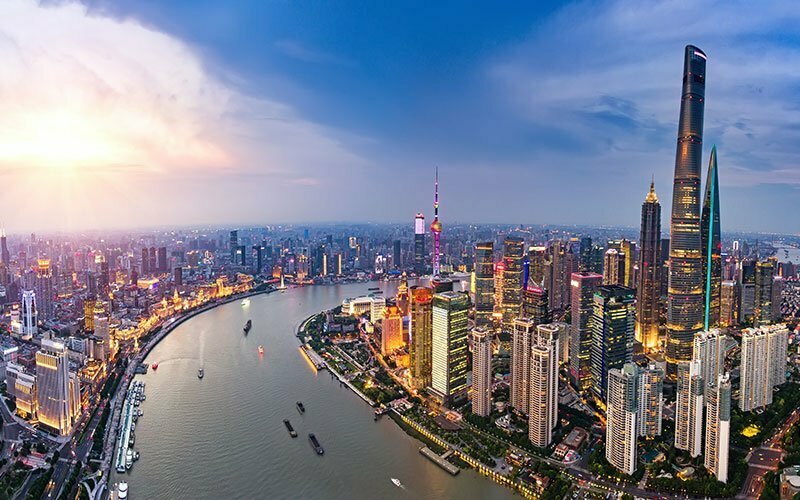
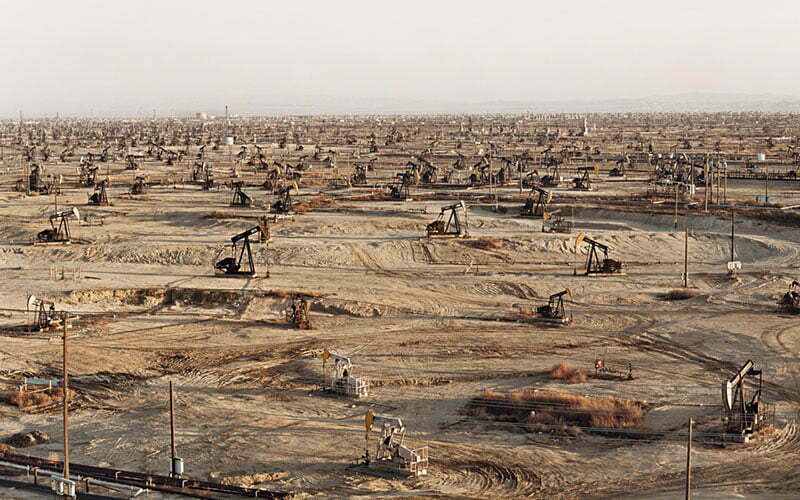
Credit: Edward Burtynsky, courtesy Sundaram Tagore Galleries, Hong Kong and Singapore / Nicholas Metivier Gallery, Toronto
A chance at redemption.
Biourbanism is an innovative framework for creating resilience. The book calls on city leaders, planners, designers and citizens to lead the charge in transforming their cities for a better future.
Together, let’s create cities that will change the course of history.
Ultimately, this book is a dialogue on the life of cities – cities as living ecological constructs and vibrant habitats that are inextricably linked to the ecosystems of their surrounding landscapes and those of the planet. It is about restoring our cities and respecting the ecological services that sustain them, and it is about the solutions for making them better.
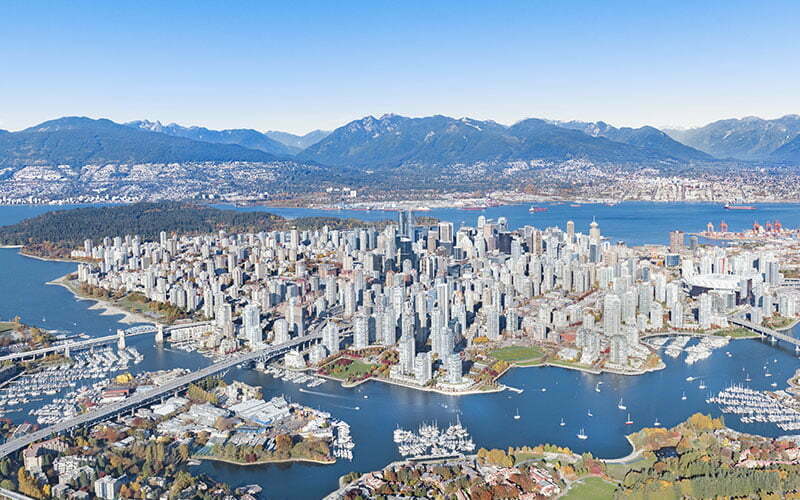
Credit: iStock
